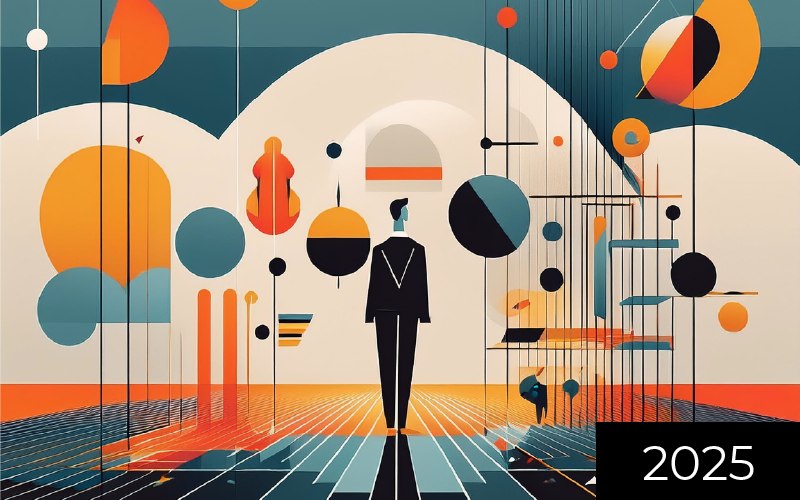The 3-Point Scale – 2018

1. Substance
In market research and other forms of research and data processing, many different scales have been developed and used over the years.
Each scale has its advantages in certain situations.
Most scales are either research-based, such as e.g. the Semantic Differential Scale for qualitative studies. Or modelled, like the NPS scale.
Aalund’s new scales are adapted to the fact that the respondents are decision makers in B2B markets and that our customers, who need the reports, are B2B decision makers.
2. Benefits
Through our experience with many different reports and scales, we have developed new types of scales that better suit the mindset and decision-making speed of B2B decision makers.
A lot of managers make very many decisions every day which is why much simpler scales than the most common ones are needed.
Our customers are usually managers who don't have the time or inclination to dig into understanding the meaning of a customer satisfaction score of 7.6 on a 10-point scale. It is too complicated and time-consuming - and it is not the type of information they demand.
3. More Information
We can name two types of 3-point scales that we use in our projects.
1) The new traffic light scale is based on the red-yellow-green mindset of e.g. customer satisfaction. But is adapted to "real life" in B2B markets.
![]() Really good company
Really good company
![]() One among many
One among many
![]() Poor performance
Poor performance
2) Purchase test scale based on who actually ended up buying. When testing new concepts or products, the results on the ”plus side” must be crystal clear if the overall purchase test battery of questions is professionally designed.
How would you rate the product in relation to buying it within the next year?:
- Definitely buy
- Maybe buy
- Will not buy
Under normal circumstances, we only proceed with those who justifiably choose ”Definitely buy”.



